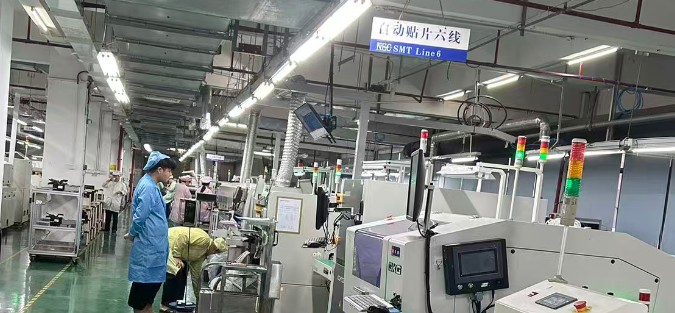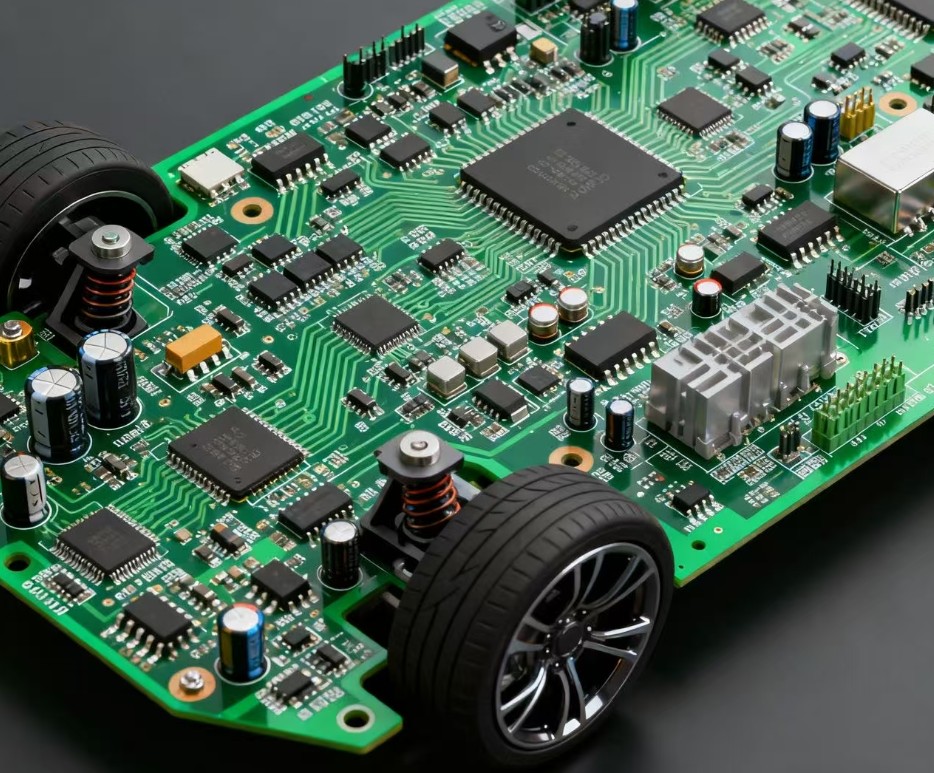New energy PCBA Powering
New energy PCBA is the backbone of the global shift towards clean and renewable power. This specialized field of printed circuit board assembly focuses on the unique demands of energy generation, storage, and management systems. These systems include solar inverters, wind turbine controllers, and advanced battery management systems. Consequently, the reliability and efficiency of a PCBA directly impact the performance and longevity of the entire sustainable energy solution.
Defining a New energy PCBA
A New energy PCBA differs significantly from standard circuit boards. It must handle high voltages and strong currents. Furthermore, it often operates in harsh environmental conditions. Therefore, manufacturers select robust components and materials. They use thick copper traces for better current carrying capacity. They also apply protective conformal coatings to guard against moisture and contaminants. This careful design ensures stable operation in demanding applications like solar farms and electric vehicle charging stations.

Critical Design Considerations
Engineers face several key challenges when developing these assemblies. Thermal management is a primary concern because high power levels generate significant heat. Designers incorporate large heatsinks and plan for effective ventilation. Moreover, signal integrity remains crucial for precise control and monitoring. Proper grounding and isolation separate sensitive low-voltage circuits from noisy high-power sections. This careful layout prevents malfunctions and ensures accurate data acquisition from sensors.
Manufacturing and Reliability
The production of a reliable New energy PCBA demands a rigorous manufacturing process. Automated assembly ensures consistent placement of components. Additionally, comprehensive testing protocols are non-negotiable. These include in-circuit testing and functional validation under simulated real-world loads. Manufacturers must also adhere to strict industry standards for safety and performance. This focus on quality control minimizes field failures and builds trust in the technology.
The Future with Advanced New energy PCBA
The evolution of this technology continues to push boundaries. Next-generation power semiconductors, like silicon carbide, are making systems more efficient. At the same time, smart grid technology integrates more New energy print circuit units into an intelligent network. These boards now feature advanced communication modules for real-time data exchange. For example, industry leaders like Suga are pioneering the integration of AI-driven analytics into their New energy PCBA designs. This allows for predictive maintenance and optimized energy flow. In conclusion, the ongoing innovation in New energy PCBA is not just an engineering pursuit; it is a critical driver for a cleaner, smarter, and more resilient global energy infrastructure.


